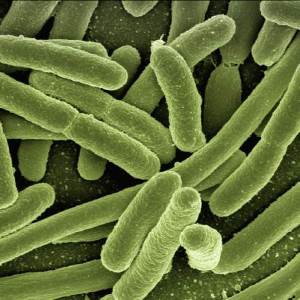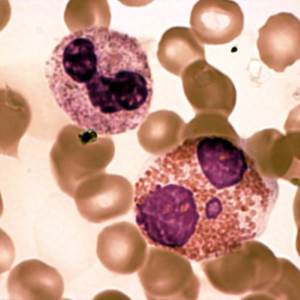About Lysophosphatidic Acid Receptor 3 (EDG-7) - Membrane Preparation
Check information
Catalog number: X1275MP
Full name: Lysophosphatidic Acid Receptor 3 (EDG-7) - Membrane Preparation
Size: 50 Tests
Supplier: nordc
Price: 506.00
Category : Other Reagents
Long description : Endothelial Cell Differentiation Gene-7 (EDG-7) belongs to a family of G-protein coupled receptors whose ligands are lysophospholipids. The ligand for EDG-7 is lysophospholipid. There are 8 known members of the EDG receptor family and they are implicated in mediating growth related effects such as induction of cellular proliferation, alterations in differentiation and survival and suppression of apoptosis. They also evoke cellular effector functions that are dependent on cytoskeletal responses such as contraction, secretion, adhesion and chemotaxis. EDG receptors are developmentally regulated and differ in tissue distribution. They couple to multiple types of G proteins to signal through ras and MAP kinase, rho, phospholipase C and several protein tyrosine kinases. EDG-7 is expressed in prostate as well as other tissues.
Antibody come from : Hybridoma produced by the fusion of spelocytes from BALB/c mice immunized with recombinant protein corresponding to amino acids 1-206 of murine p59fyn and mouse myeloma p3-NS1-Ag4-1 cells.
Other description : Provided as solution in phosphate buffered saline with 0.08% sodium azide.
Clone : Polyclonal
Antigen-antibody binding interaction : Lysophosphatidic Acid Receptor 3 (EDG-7) - Membrane Preparation
Antibody is raised in : see techfile
Antibody's reacts with : N/A
Antibody's reacts with these species : This antibody doesn't cross react with other species
Antibody's specificity : No Data Available
Application : [35S]GTPgS Labeling
Antibody's suited for : This antibody can be used for Western blotting (1-5 µg/ml), immunohistochemistry on acetone-fixed frozen sections, immunoprecipitation (2 µg/mg of protein lysate) and ELISA. Optimal concentration should be evaluated by serial dilutions.
Storage : -80ºC
Relevant references : 1. Ley SC; et al. Distinct intracellular localization of Lck and Fyn protein tyrosine kinases in human T lymphocytes. J. Cell. Biol., 1994 May, 125(3):639-49._x000B__x000B_2. Bhat NR. Signal transduction mechanisms in glial cells. Dev. Neurosci, 1995, 17(5-6):267-84._x000B__x000B_3. Fusaki N; et al. Int Immunol, 1994, 6:1245-55. _x000B__x000B_4. Guy CT; et al. Genes Dev, 1994, 8:23-32.
Protein number : see ncbi
Warnings : This product is intended FOR RESEARCH USE ONLY, and FOR TESTS IN VITRO, not for use in diagnostic or therapeutic procedures involving humans or animals. This datasheet is as accurate as reasonably achievable, but Nordic-MUbio accepts no liability for any inaccuracies or omissions in this information.
Description : Associated membrane protein types are lipopolysaccharide selective barriers. Biological membranes include cell membranes, outer coverings of cells or organelles that allow passage of certain proteins and nuclear membranes, which cover a cell nucleus; and tissue membranes, such as mucosae and serosae. ,The receptors are ligand binding factors of type 1, 2 or 3 and protein-molecules that receive chemical-signals from outside a cell. When such chemical-signals couple or bind to a receptor, they cause some form of cellular/tissue-response, e.g. a change in the electrical-activity of a cell. In this sense, am olfactory receptor is a protein-molecule that recognizes and responds to endogenous-chemical signals, chemokinesor cytokines e.g. an acetylcholine-receptor recognizes and responds to its endogenous-ligand, acetylcholine. However, sometimes in pharmacology, the term is also used to include other proteins that are drug-targets, such as enzymes, transporters and ion-channels.







